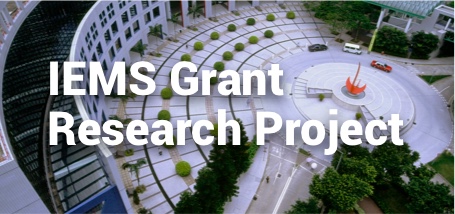National Expressway Expansion, Trade integration and Pollution: Micro-Evidence from 60,000 Industrial Plants in China
SHARE THIS

The fast expansion of China’s National Expressway System (guojia gaosugonglu wang) since 1990s not only connects the large metropolitan urban cities, but also small peripheral rural counties. By exploiting this largescale natural experiment, the proposed research tries to provide micro-evidence on the environmental consequences of domestic trade integration. Using pollution data from more than 60,000 industrial plants, we test the Pollution Haven Hypothesis, which conjectures that rich regions are shifting “dirty” production to poor regions with lax environmental standards. Particularly, we investigate whether existing plants emitted more pollution and whether more polluting plants were born in counties connected by expressway. We address the endogeneity concern of non-random placements of expressway routes using an instrumental variable strategy based on the archaeological concept of least cost triangulation network.
Get updates from HKUST IEMS






